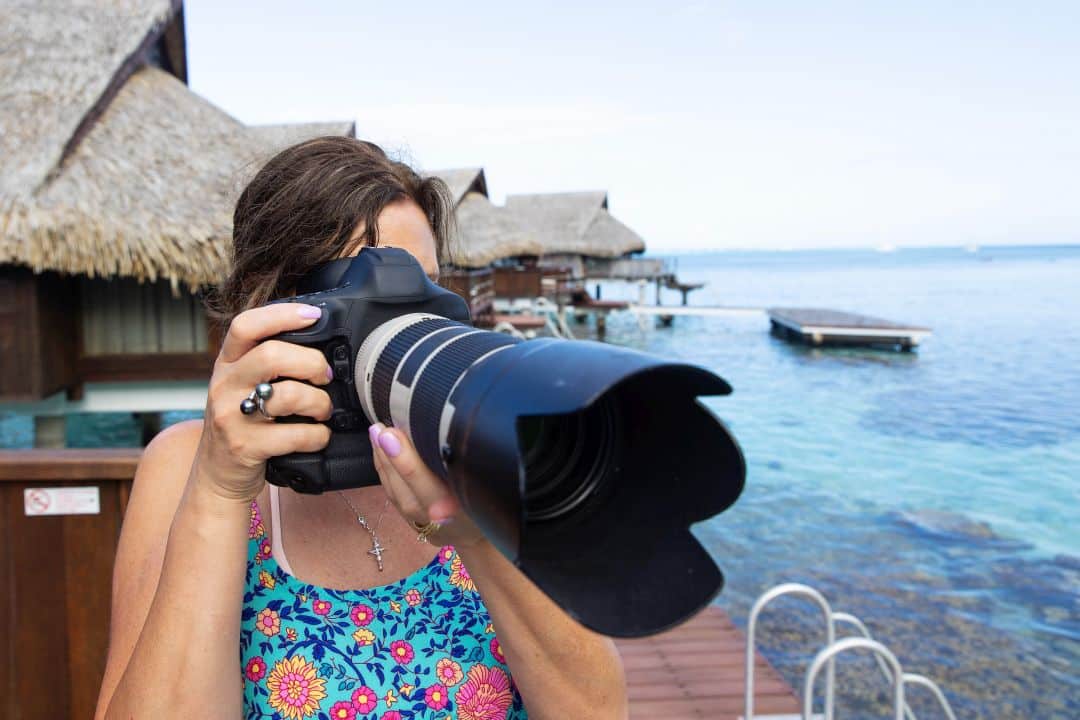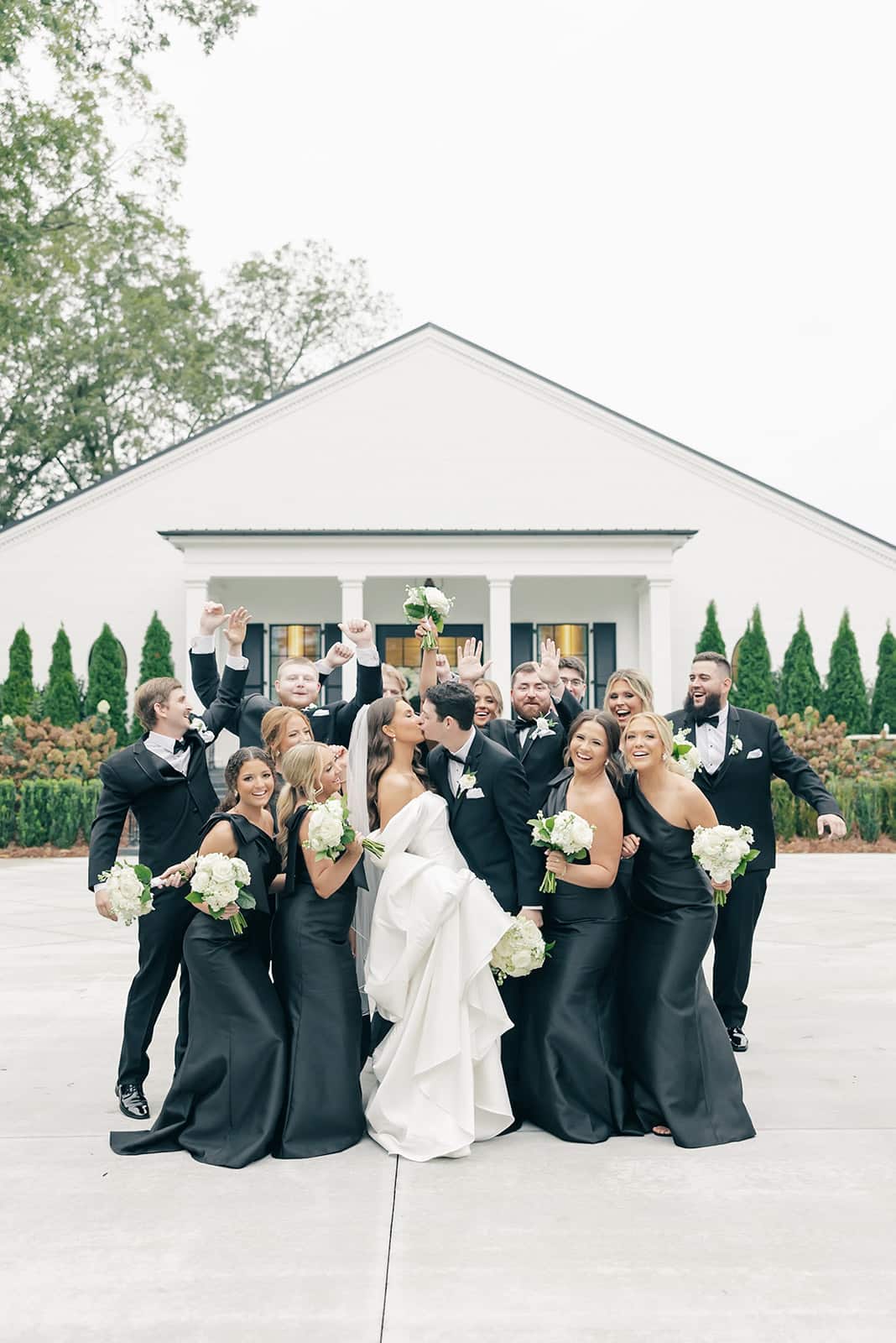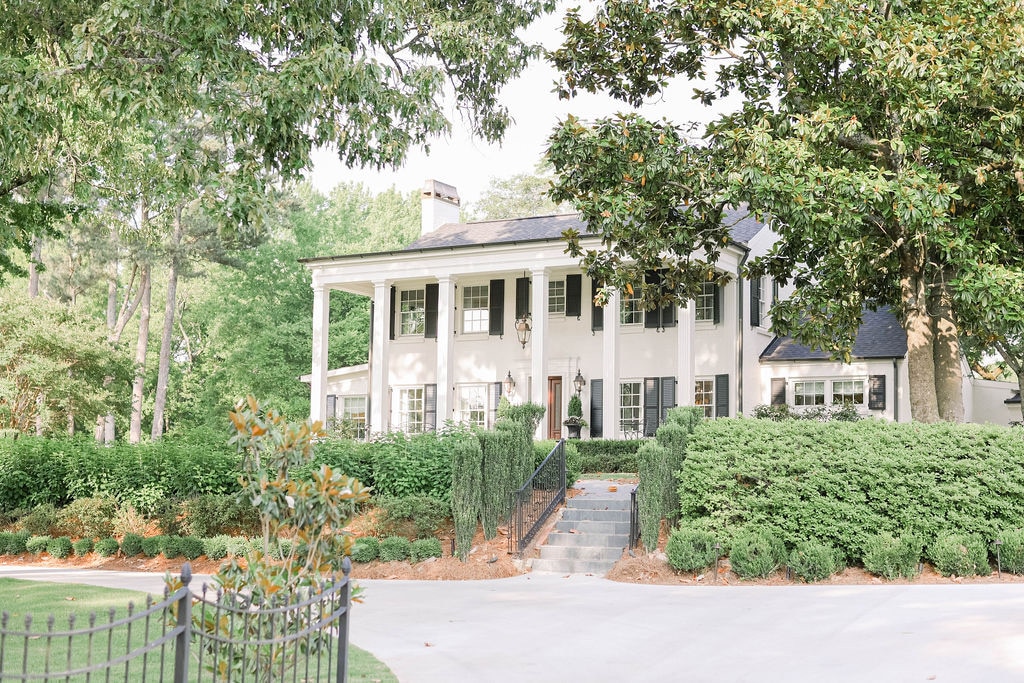Creating a realistic wedding budget feels overwhelming when you’re facing endless vendor quotes and conflicting advice about spending priorities. Smart budget allocation protects you from overspending while ensuring your money goes toward elements that truly matter to your celebration. This comprehensive guide breaks down wedding costs into manageable categories and provides proven strategies for making every dollar count.

Understanding Wedding Budget Fundamentals
The Reality of Wedding Costs
Recent data shows couples spend an average of $30,000-$35,000 on their weddings, but this figure varies dramatically based on location, guest count, and personal priorities. Rather than focusing on average spending, successful couples determine their personal budget first, then allocate percentages based on their unique values and vision.
Creating Your Foundation Budget
Your budget should never strain your finances or compromise your future goals. Consider your post-wedding financial objectives, including honeymoon costs, home purchases, or debt reduction plans that shouldn’t be sacrificed for one day’s celebration.

The 50-30-20 Wedding Budget Framework
Major Categories Overview
Reception and Catering: 40-50%
This largest category includes venue rental, food, beverages, service staff, and related reception expenses.
Photography and Videography: 10-15%
Professional documentation of your celebration through photos and video coverage.
Attire and Beauty: 8-12%
Wedding dress, suits, accessories, hair, makeup, and grooming services.
Flowers and Decorations: 8-10%
Ceremony and reception florals, centerpieces, and decorative elements.
Music and Entertainment: 8-12%
DJ, band, or other entertainment for ceremony and reception.
Transportation and Accommodations: 3-5%
Wedding day transportation and any guest accommodation assistance.
Stationery and Miscellaneous: 5-8%
Invitations, programs, favors, and unexpected expenses.

Reception and Catering: Your Largest Investment
Understanding Food and Beverage Costs
Catering costs vary significantly based on service style, menu complexity, and beverage options. Plated dinners generally cost more than buffet service, while premium bar packages significantly impact per-person pricing. Understanding these variables helps you make informed decisions that balance guest experience with budget realities.
Smart reception budget strategies:
- Prioritize guest experience: Focus spending on elements that directly affect guest comfort and enjoyment
- Consider alternative timing: Lunch receptions or brunch celebrations typically cost less than evening dinner parties
- Evaluate service styles: Buffet or family-style service can reduce costs while maintaining quality
- Strategic menu planning: Work with caterers to design delicious menus within your price range
- Beverage service optimization: Consider wine and beer only, or limited premium bar options
- Guest count impact: Remember that every additional guest increases per-person costs across multiple categories
Hidden Reception Costs to Consider
Ask caterers about additional fees for equipment rentals, special dietary accommodations, vendor meals, and setup or breakdown services. Understanding these costs upfront prevents budget surprises and helps you compare vendors accurately.

Photography and Videography: Preserving Your Memories
Investment in Professional Documentation
Wedding photography costs vary based on photographer experience, package inclusions, and coverage duration. Most photographers offer packages that include engagement sessions, wedding day coverage, and edited image galleries, but the number of included hours and final image counts differ significantly between providers.
Maximizing Photography Value
Photography budget optimization strategies:
- Define must-have shots: Provide detailed shot lists focusing on most important moments and family combinations
- Consider coverage duration: Determine if you need full-day coverage or can focus on key moments
- Engagement session value: Use engagement photos for save-the-dates and wedding websites
- Album and print decisions: Understand what’s included versus additional product costs
- Second photographer benefits: Additional coverage angles and simultaneous ceremony/reception documentation
- Raw image policies: Clarify image ownership and editing rights
Many couples find that hiring experienced photographers for essential coverage, then supplementing with disposable cameras or asking guests to share photos, provides comprehensive documentation within budget constraints.
Attire and Beauty: Looking Your Best
Wedding Attire Investment Strategy
Wedding dress costs vary dramatically from a few hundred dollars to several thousand, depending on designer, fabric, and customization requirements. Factor in alteration costs, which can add $200-$500 to dress expenses, when budgeting for bridal attire.
Groom’s attire presents choices between purchasing and renting formal wear. Purchasing makes sense for grooms who will wear suits regularly, while rental works well for specialized formal wear or unique color requirements.
Beauty Service Planning
Beauty budget considerations include:
- Trial run necessity: Testing looks before wedding day prevents disappointment and ensures proper timing
- Wedding party services: Hair and makeup for bridesmaids and mothers adds significantly to costs
- Timeline management: Adequate time for beauty services prevents rushed preparation
- Product longevity: Professional makeup typically lasts longer through emotional moments and long celebrations
- Photography considerations: Professional makeup photographs better than self-applied cosmetics
Consider having bridesmaids handle their own hair and makeup, or provide professional services for key people while others self-prepare. This compromise reduces costs while ensuring the couple looks their absolute best.
Flowers and Decorations: Creating Atmosphere
Floral Budget Strategy
Wedding floral costs depend on flower types, arrangement complexity, and seasonal availability. Roses, peonies, and orchids cost significantly more than seasonal alternatives like sunflowers, chrysanthemums, or locally grown options.
Seasonal flower selection provides both cost savings and optimal freshness. Spring weddings benefit from tulips, daffodils, and cherry blossoms, while fall celebrations can feature dahlias, chrysanthemums, and autumn foliage at lower costs than imported alternatives.
Decoration Impact Strategies
Effective decoration approaches:
- Repurpose ceremony flowers: Move altar arrangements to reception areas for dual use
- Strategic lighting: Candles and string lights create ambiance at relatively low cost
- Natural beauty enhancement: Work with existing venue features rather than covering them
- DIY opportunities: Create simple elements like programs, place cards, and favor displays
- Rental decorations: Consider renting specialty items rather than purchasing
- Greenery emphasis: Use more affordable greenery as base elements, adding flowers as accents
Music and Entertainment: Setting the Mood
Entertainment Investment Considerations
Professional DJs provide extensive music libraries, reliable sound systems, and experience reading crowd energy to maintain dance floor excitement. Band performances create unique energy and personalized entertainment but require higher budgets and more complex logistics.
Entertainment Value Optimization
Entertainment budget strategies include:
- Ceremony and cocktail music: Separate acoustic options for ceremony and pre-reception periods
- Dance floor priorities: Ensure adequate sound system quality for reception dancing
- Special moment planning: Coordinate first dance, parent dances, and other traditional elements
- Guest interaction: Consider entertainment that encourages guest participation
- Equipment requirements: Understand what audio/visual equipment is included versus additional rental costs
- Overtime planning: Budget for potential extended reception hours
Transportation and Miscellaneous Categories
Transportation costs include wedding day rides for the couple, potential guest shuttles for difficult parking situations, and any special transportation elements like vintage cars or horse-drawn carriages. Consider practical needs versus romantic ideals when allocating transportation funds.
Miscellaneous expenses encompass stationery, wedding favors, gratuities, marriage license fees, and emergency fund allocation. These smaller categories often exceed expectations when couples underestimate printing costs, favor expenses, and proper gratuity planning for service providers.
Regional and Personal Budget Adjustments
Location Impact on Costs
Urban venues, photographers, and caterers command premium pricing due to higher operating costs and increased demand. However, rural or smaller city celebrations may have limited vendor options, potentially requiring travel expenses or less ideal service quality.
Personal Priority Adjustments
Priority adjustment strategies:
- Identify non-negotiables: Determine which elements are absolutely essential to your celebration vision
- Find acceptable compromises: Reduce spending in less important categories to fund priorities
- Consider long-term value: Invest more heavily in elements you’ll value years later
- Guest experience focus: Prioritize elements that directly impact guest comfort and enjoyment
- Personal significance: Allocate extra budget to elements with special meaning to your relationship

Budget Management and Tracking
Effective Budget Monitoring
Use spreadsheets or specialized wedding budget apps to track contracted costs, deposits paid, and remaining balances. Include payment due dates to avoid late fees and ensure proper cash flow management throughout your engagement period.
Preventing Budget Overruns
Common budget protection strategies:
- Written contracts: Ensure all agreements specify exact services and costs
- Payment scheduling: Plan payment timing to match your cash flow
- Change order policies: Understand how modifications affect pricing
- Vendor communication: Maintain clear communication about budget constraints
- Regular reviews: Monitor spending progress monthly throughout planning
- Contingency fund: Maintain 10% buffer for unexpected expenses
Wedding budget success comes from realistic planning, strategic allocation, and consistent monitoring rather than finding the cheapest options in every category. Focus on creating the celebration that reflects your values and provides excellent guest experience within your financial means.
Smart couples remember that wedding budgets should enhance their future together rather than compromise it. Make decisions that align with your long-term financial goals while creating beautiful memories of your special day.








